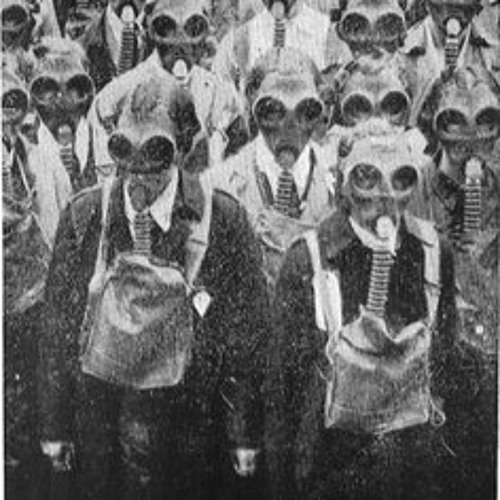

(E) Antiviral activity of IFIT3 is reduced by mutation of IFIT1-association motif.

After 8 h, cell lysates were analyzed by WB. Untreated (−) or IFN-β-pretreated (+) A549, IFIT1 KO cells, and IFIT1 KO cells trans-complemented with vector, FLAG-IFIT1, or FLAG-IFIT1 R187H by retrovirus transduction were mock infected or infected with 3 PFUs per cell of VACV WR or vΔC9. (D) Antiviral activity of IFIT1 is reduced by the mutation of the RNA-binding motif. RNA was extracted, reverse transcribed, and quantified by ddPCR. A549 and KO cells were infected in triplicate as in (B) for 6 h. A549 and KO cells were untreated (−) or pretreated (+) with IFN-β and infected with 3 PFUs per cell of VACV WR or vΔC9. (B) Effects of IFIT KO on IFN resistance. Lysates of A549 or A549 IFIT KO cells untreated (−) or treated (+) with IFN-β were analyzed by WB. (A) Reduction of IFIT expression in IFIT KO cells. Representative blots from three biological repeats in (A) and (C) and two in (B) and (D). (D) Untreated (−) and IFN-β-pretreated (+) cells were incubated with or without AraC and mock infected or infected with 3 PFUs per cell of VACV WR or vΔC9. Untreated (−) and IFN-β-pretreated (+) cells were infected with 0.01 PFU per cell of VACVWR expressing HA-tagged C9 without F-box (vHA-C9ΔF-box), with F-box (vHA-C9) or without C9 (vΔC9). (C) Full-length C9 is required for IFN resistance of VACV. Cells transfected with vector plasmid or plasmids expressing FLAG-tagged IFITs and mock infected or infected with 0.01 PFU per cell of VACV WR or vΔC9. (B) Degradation of individual IFITs by VACV. Lysates after 4, 8, and 16 h were analyzed by WB. Untreated (−) and IFN-β-pretreated (+) cells were mock infected or infected with 3 plaque-forming units (PFUs) per cell of VACV WR or vΔC9 in the absence or presence of AraC. (A) Time course of IFIT degradation following VACV infection. (A) is representative of three biological repeats and (B)–(D) are representative of two each. Lysates and proteins captured with anti-FLAG antibody were analyzed by WB. Cells expressing Myc-C9ΔF-box were transfected with vector or plasmids expressing FLAG-IFITs.

(D) Association of C9ΔF-box with individual IFITs. After 20 h, lysates or proteins bound to anti-FLAG antibody (IP) were analyzed by WB. Cells were transfected with vector plasmid or a plasmid expressing FLAG-IFITs and Myc-C9. (C) Association of C9 with individual IFITs. After 3 h, PS-341 was added for an additional 20 h and lysates and proteins were captured with anti-FLAG antibody and analyzed by WB.
#Dbschema flags as virus plus#
Cells co-transfected with a plasmid expressing HA-ubiquitin plus a vector plasmid or plasmid expressing a FLAG-tagged IFIT and with a plasmid expressing Myc-tagged C9 or C9ΔF-box. After 4 h, cells were treated with DMSO or PS-341 for an additional 18 h and lysates were analyzed by WB. Cells were co-transfected with two plasmids: one encoding a FLAG-tagged IFIT and the other Myc-tagged C9 (C9), or Myc-tagged F-box-deleted C9 (ΔF-box), or the vector. (A) Proteasome inhibitor PS-341 reduced C9-mediated degradation of IFITs. Thus, poxviruses use mRNA cap methylation and proteosomal degradation to defeat multiple antiviral activities of IFITs.į-box IFITs ankyrin repeats interferon poxvirus proteasomal degradation ubiquitination vaccinia virus virus-host interaction. In contrast, the C9-deletion mutant expresses early proteins but is blocked by IFITs at the subsequent genome uncoating/replication step. Furthermore, ectopic expression of C9 rescues the interferon sensitivity of a vaccinia virus mutant with an inactivated cap 1-specific ribose-methyltransferase that is otherwise unable to express early proteins. Together, the two C9 domains target IFITs for proteasomal degradation, thereby providing interferon resistance similar to that also achieved by knockout of IFITs. We show that the N- and C-terminal portions of C9, a protein required for vaccinia virus to resist the human type I interferon-induced state, bind IFITs and ubiquitin regulatory complexes, respectively. Although some viruses avoid IFITs by synthesizing RNAs with eukaryotic-like caps, no viral proteins were known to antagonize IFITs. IFITs are interferon-induced proteins that can bind 5'-triphosphate or ribose-unmethylated capped ends of mRNA to inhibit translation.


 0 kommentar(er)
0 kommentar(er)
